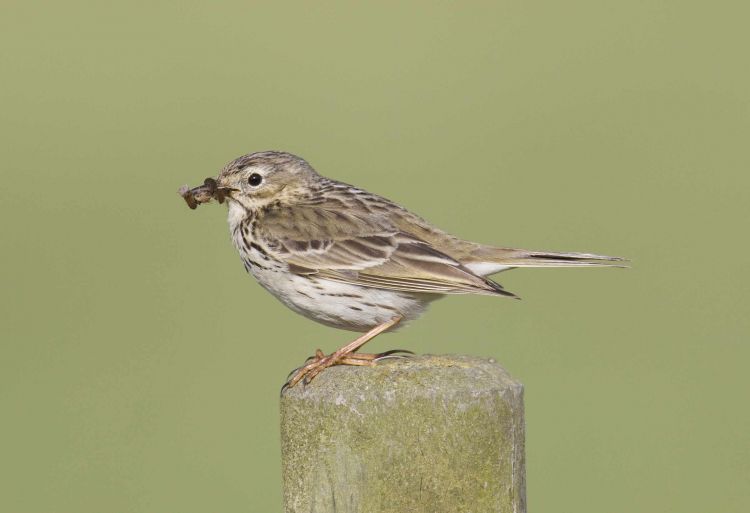There is increasing interest in what the future may hold in store for biodiversity, particularly with concerns over climate change and increasing pressure on the countryside from urbanisation, for reasons of food security, and other factors. There is considerable potential to use BBS data to explore what the consequences of various scenarios of change might be for our bird populations.
The number of birds recorded in a BBS square can be used to estimate the density of that species by accounting for detectability. By relating these densities to information about the environment in each BBS square, it is possible to produce predictions of density and population trend across the country, including for unsurveyed areas. These same models can be used to assess what the likely consequences of future environmental change might be for our bird species. One of the ways that this may be done is to examine the consequences of projected future climate change for the distribution and abundance of various species, an important tool for assessing how severe climate change impacts are likely to be. For example, if we know that high numbers of Nuthatch are found where average summer temperatures are above 20ºC, then areas in the future which are newly expected to have temperatures above this level, would also be expected to have Nuthatches. This is carried out in a statistical model, and also includes relationships with habitat type. Similarly we can do the same for different scenarios of land-use change to explore questions like what the effect of increasing woodland cover would be for bird communities in marginal upland areas.
Projecting climate change impacts on population size
Most studies which have attempted to assess the impacts of climate change upon biodiversity have focused on changes in where species occur. Here at the BTO, we have focused on what we believe is a more useful measure for conservationists, the abundance of species. By relating the density of birds to the climate in each part of the country, we are able to assess what the impact of future projected climate change will be on populations of those species. To illustrate this, we compared the future projected abundance of two southerly distributed species, both of which were expected to increase their UK populations (Nuthatch and Green Woodpecker) with two northerly distributed species, both of which were expected to suffer population declines (Curlew and Meadow Pipit). As can be seem from the table below, these expectations were largely borne out, with large increases in both Green Woodpecker and Nuthatch predicted in response to warming, and particularly strong declines in Curlew expected. Given that these predictions match recent trends for these species, this suggests climate change may be at least partly responsible for some of these recent expansions in woodland species, but may be likely to add to the pressure Curlew populations are under. These predictions assume that habitat in the future is the same as it is currently.
Projected population changes for four British breeding bird species by 2050 (from Renwick et al. 2012)
Species | Percentage change |
Curlew | -35 % |
Meadow Pipit | -19 % |
Green Woodpecker | + 300 % |
Nuthatch | + 67 % |
http://onlinelibrary.wiley.com/doi/10.1111/j.1472-4642.2011.00827.x/abstract
Ongoing developments
We will extend this approach to a wide range of common species in order to identify those which might be most susceptible to the effects of climate change in the UK. It will also highlight areas which are likely to see the largest changes in abundance due to climatic changes, which can aid conservationists adapt to the consequences of climate change. These methods can then also combine the predictions for many species, to acquire a picture of what the UK’s bird communities may look like in the future. All of these future predictions may have a large amount of uncertainty associated with them, and so they should be taken as an indication of what is likely to happen under different scenarios, but not exactly what will happen, as the future is unpredictable. We will also seek to combine these projected climate
